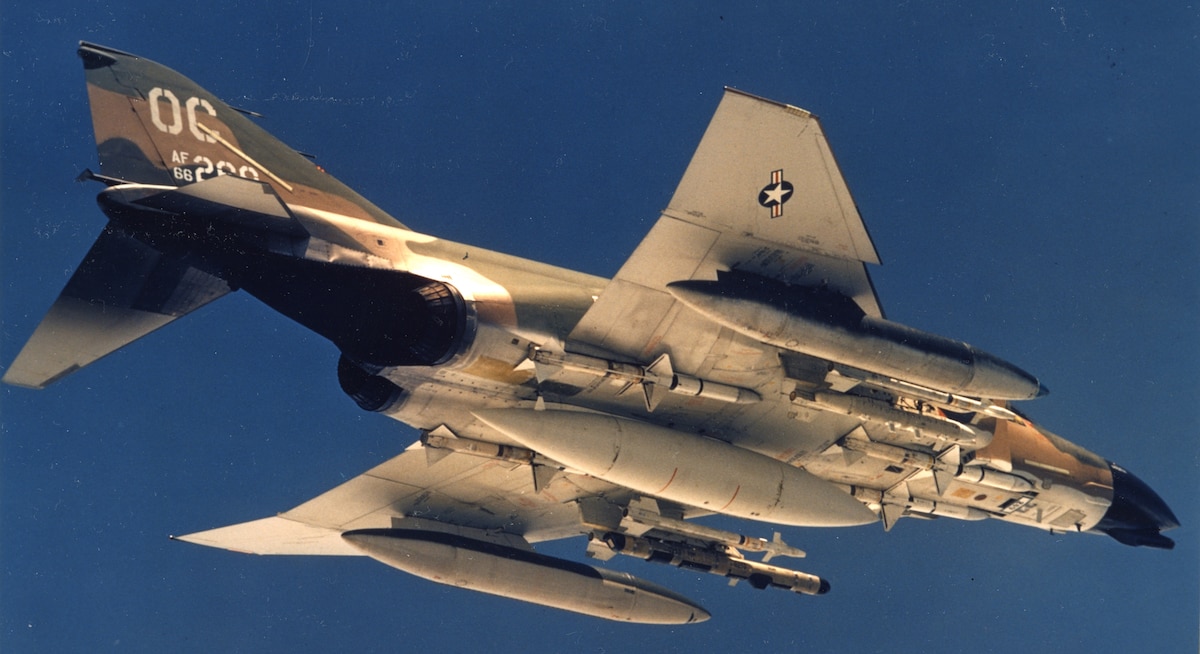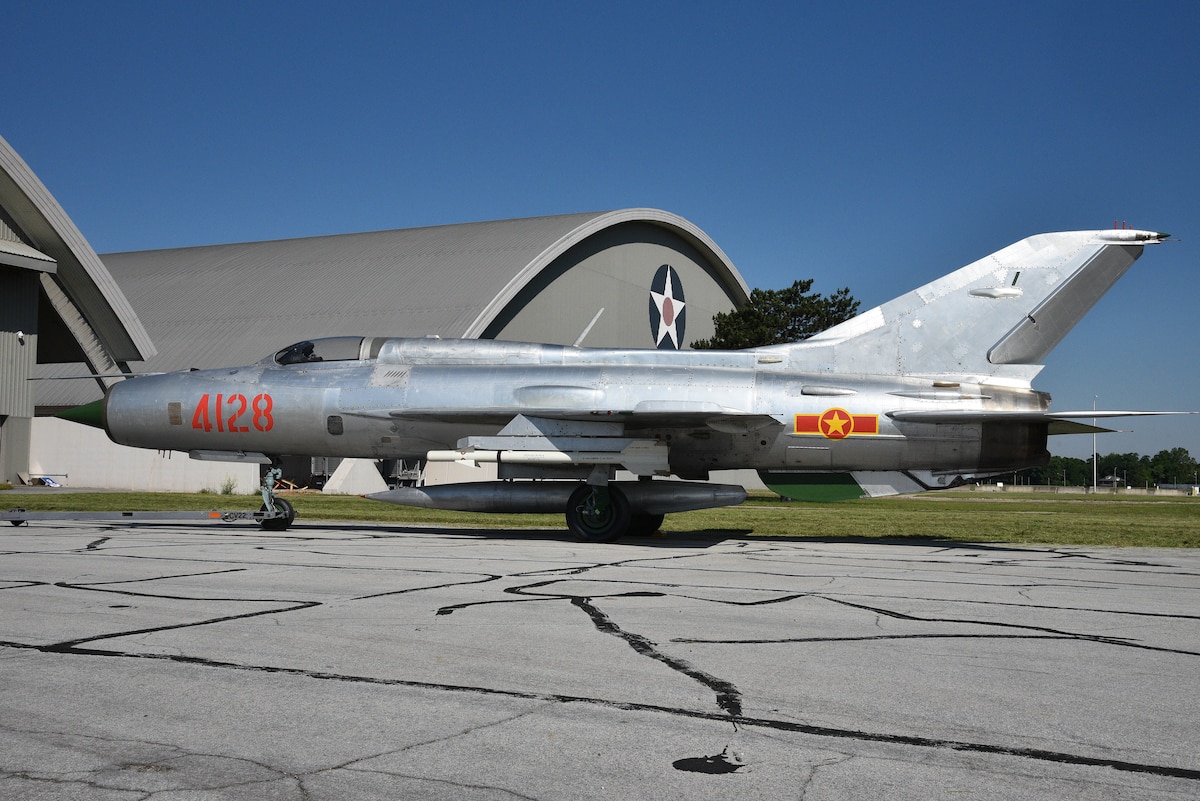Brian Duddy, Staff Historian
The performance and reliability of U.S. Air Force and U.S. Navy air-to-air missiles during the Vietnam air war was significantly sub-standard and a source of frustration for aircrew throughout the war from 1965 to 1973. The frontline fighter for most of that time, the F-4 Phantom II, did not initially have an internal cannon and so crews were dependent entirely on missiles. In many cases it took several missile shots from multiple aircraft to down one North Vietnamese MiG fighter.
Modest improvements in missile design during the war years did not improve results significantly. It was not until after the war that the Air Force and Navy began a program to develop a completely new and improved air-to-air missile that ultimately resulted in the AIM-120 AMRAAM. This new missile was designed to overcome the shortfalls of earlier missiles, particularly the AIM-7 Sparrow.




